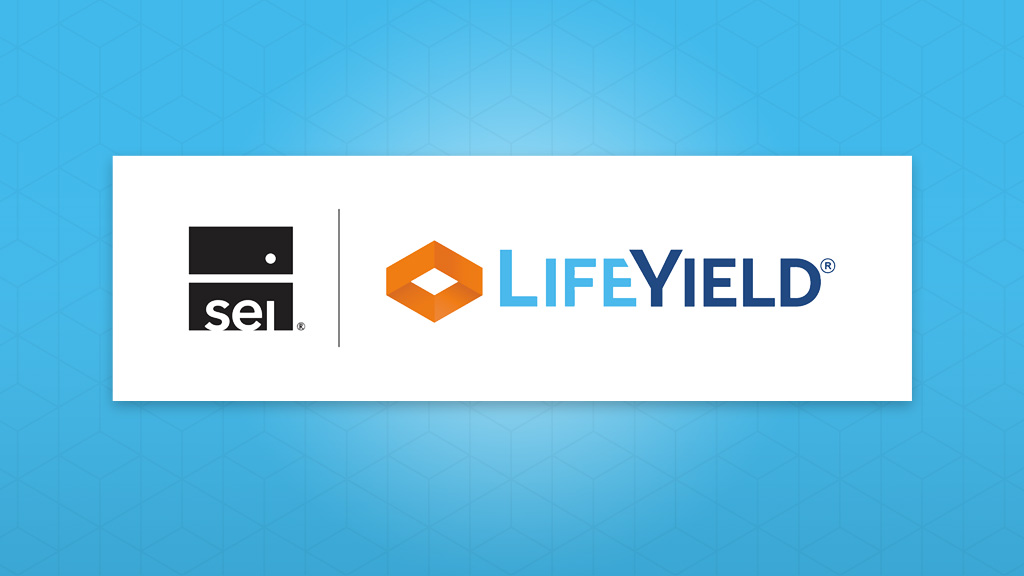Five Tips for Talking About Social Security with Clients

All the buzz about retirement today revolves around retiring baby boomers. But, as a financial advisor, you are missing both an opportunity and an obligation if you are not raising the subject of Social Security with clients who are riding the boomer caboose or belong to Gen X queued up behind them.
Deciding when to file for Social Security benefits is one of the most consequential decisions someone makes in retirement planning. But too often, clients don’t know – or turn a blind eye – to Social Security because it is too complicated. Or because they think Social Security won’t always be there for them. Or because they don’t want to wait.
Financial advisors avoid raising the issue because they think that Social Security, with more than 2,700 rules, is too complicated to explain. That clients will ask questions they can’t answer. That they won’t look smart.
Bury those fears. You’re better than that.
Advisors have tools (LifeYield Social Security+ is one) to illustrate the filing scenarios available to clients in an easy-to-understand way. And those illustrations, particularly when paired with platforms that model how to plug income gaps, can go a long way to cementing your client relationships and being entrusted with more of their accounts.
Ready to play? Here are five tips and insights for making Social Security planning part of the agenda for client meetings.
#1 – Five easy questions can start the ball rolling.
Social Security+, available in many leading firms’ advisory toolset, asks members of a household just five simple questions. No preparation needed:
- Date of birth
- Life expectancy (Don’t be squeamish: Clients do think about this.)
- Benefit at full retirement age, available by signing into ssa.gov (If this will hold things up, enter current salary.)
- Any offsets to their retirement income, such as a pension or annuity?
- Marital status
Hit “Enter,” and your clients can see how much their monthly, annual, and lifetime income will be for the filing dates they planned – and the ones that mean they will earn more. You’ll get their attention.
#2 – Be ready for the question clients always ask next: “So, what do we do?”
They just opened a door. Walk through it.
Begin by asking your clients questions about their household’s retirement plans. Many clients, busy with careers and family, haven’t thought about the nuts and bolts of their monthly expenses in retirement.
A starting point can be what they envision their lifestyle will be after retiring. Will clients stay in their homes? Move to another state? Travel more? Spend money on hobbies?
Many clients won’t have sure-fire answers to these questions. That’s OK. The questions prompt them to begin to think about retirement income and open the door to deeper discussions with you.
Next, you turn to help figure out how much income they’ll need simply for expenses: health care, food, household upkeep, care and maintenance, insurance, perhaps support of children or grandchildren. As their plans take shape, you can fill in the rest.
These discussions, which may happen over time, help you fill out the expense side of the clients’ ledger so you can turn to the income side.
#3 Social Security unlocks the door to unified managed household (UMH) discussions.
Advisors who “think big picture” understand UMH, the approach to financial planning that works all those levers that affect household wealth – risk, cost, and taxes – to help clients realize their best possible outcomes.
Social Security will make up only about 30% of an affluent household’s retirement income. They’re going to need to tap their resources to make up that 70% – a monthly figure you’ve just helped them figure out.
Clients typically are toting backpacks of assets they’ve amassed – and at times forgotten. In households of busy spouses or partners, one sometimes doesn’t even know all the accounts the other has. Their focus has been on saving, saving, saving.
So, you help them inventory their assets and investments, including:
- Brokerage accounts
- Tax-advantaged retirement accounts, like 401(k)s or individual retirement accounts (IRAs)
- Real estate
- Bank accounts
- Expected inheritances
- Life insurance
- Annuities
With a complete and clear picture of what they’ve invested and saved, you move ahead with planning how that will support them in retirement.
#4 Pivot to the “income talk.”
Advisors have different platforms at their disposal. Those who use the Income Layers feature of Social Security+ can help clients by factoring in their available income sources in retirement.
The tool adjusts as you add in fixed and variable income sources and layer them over the Social Security scenario you illustrated. It dynamically and visually shows income from Social Security plus income from other sources year by year throughout the rest of their lives.
This exercise will open clients’ eyes to the fact that they may benefit financially by delaying Social Security filing – but they will need to find income sources in the meantime. So, you begin to ask them questions:
- Do you have an old 401(k) (or two)?
- Are you contributing to an IRA?
- Are you maxing out health savings account (HSA) contributions?
- Should we look at your budget?
- Would you be willing to save a little bit more each month?
You’ve also opened the opportunity to ask if they would like to hear how your firm can suggest bridging income gaps.
#5 Protecting their survivors is essential to clients too.
In two-person households, clients almost always ask to include provisions for seeing that a survivor is cared for after one person dies. This need is particularly acute when there is an age gap between spouses or partners, or they have children who will need support as adults.
Most people are surprised to learn that on the death of one spouse, the survivor steps into the higher of the two income benefits from Social Security. This means the household income will be lower, perhaps substantially. Will it be enough to support the survivor’s lifestyle or family needs?
Using Social Security+ to illustrate how income benefits change with the death of a spouse prompts clients to talk to you about ways to see that a surviving spouse will have the income they need for the rest of their life.
There are other scenarios people raise. Divorce is a big one, and the rules are thorny. The algorithm behind Social Security+ factors them in. And if you’re stuck on a question, you can use the Social Security+ chatbot to reach an expert.
What aren’t all advisors talking about Social Security?
Every client has questions about Social Security. I guarantee you that is true. But many don’t ask those questions because you haven’t bought up the topic or think they are savvy enough to decide when to file.
An advisor told me the story of a longtime client who strode in for his annual portfolio review and dropped that he’d filed for Social Security four months earlier. It set the advisor back on his heels. His client may have unwittingly given up hundreds of thousands of dollars in benefits between him and his spouse over their lifetimes.
Don’t wait. Start talking about Social Security once clients are in their early 50s so you can educate them. Retirement is at the top of Gen X’s list of financial concerns, according to the 2021 Retirement Income Strategies and Expectations study by Franklin Templeton. Ask them to bring their annual statements from the Social Security Administration to your yearly meetings.
If you’re looking for a sure-fire win for a client seminar, make the topic Social Security. It always attracts a crowd and demonstrates that you are an advisor with your client’s best interests at heart.
If you have younger clients who mention their parents are close to retiring, spend a learning moment or two on Social Security. You can bet they’ll bring it up at the next visit.
As an industry, we’ve done a great job at training clients to accumulate wealth. We haven’t done as well at helping clients convert their assets efficiently into income for life. Making Social Security planning a centerpiece of discussions with your clients will go a long way toward winning their confidence and, just maybe, management of more of their assets.
Monthly insights from our Chief Growth Officer, Jack Sharry
Get exclusive insights and interviews from around the industry

 By
By 




